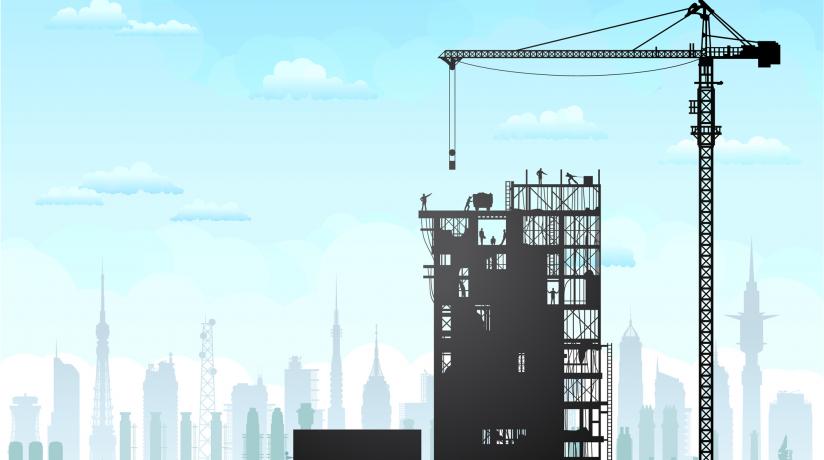Victoria continues to remain the star performer nationally for economic growth, with very strong population gains the main factor for the state’s rising employment levels and strong demand for new homes. Indeed, over the year to June 2018, Victoria’s population grew by 2.2 per cent, with the majority attributed to interstate migration.
Despite this, the recent royal commission into banking activity has had an adverse effect on new home-building activity, with house prices and commencements projected to fall in the years ahead, driven largely by apartments.
See the full industry forecast here.
Key highlights
- Residential building activity is expected to see a total of $25.5 billion of value of work done, or 69,347 dwellings constructed, in 2018-19. However, tighter credit conditions means that the value or work done and commencements is expected to decline over the period to 2022-23 to reach a low of $19.4 billion and 50,826 commencements, driven largely, as mentioned above, by apartments.
- Non-residential construction is expected to grow by 16.8 per cent from the previous year to reach $14.4 billion in 2018-19. However, it is forecasted that activity in this sector will decrease by 26.8 per cent over the period to 2022-23.
- Engineering construction is expected to reach $16.9 billion in 2018-19, representing four years of consecutive growth. However, it is forecasted that there will be a decline of 19.1 per cent in activity over the period to 2022-23 for this sector.
Residential building
While population growth has had a positive effect on Victoria’s strong growth in residential construction in recent years, it is expected that residential building commencements will soften due to tighter credit conditions. While it is forecasted that the value of work done in the construction of residential buildings will reach $25.5 billion in 2018-19 – an increase of 11.4 per cent, yearly commencements is expected to fall by 8.8 per cent to a total of 69,347 for 2018-19. The expected decline in building commencements is driven mostly by apartments, with an expected decrease of 18.4 per cent compared to the previous year.
It is forecasted that the value of work done for residential buildings will consistently decline after 2018-19 to reach a low of $19.4 billion in 2022-23, again driven largely by apartments. Residential building commencements will reflect this price drop, in which there will also be a decline, reaching a low of 50,826 commencements in 2022-23.
Non-residential Building
There is positive news for non-residential building activity, in which the value of work done in this sector is expected to increase by 16.8 per cent from the previous year to reach $14.4 billion in 2018-19. Despite this, it is forecasted that non-residential building activity will decline in subsequent years and is anticipated that it will decline by 26.8 per cent by 2022-23 compared to 2018-19.
Engineering construction
It is expected that the value of engineering construction work for 2018-19 will reach $16.9 billion, an increase of 6.7 per cent from the previous year. Such growth for 2018-19 will mean that engineering construction activity will experience four consecutive years of growth. However, it is forecasted that there will be a decline of 19.1 per cent over the period to 2022-23.
Major transport projects such as the $10.9 billion Metro Rail, the $6.7 billion West Gate Tunnel work, and the $1.6 billion Caulfield to Dandenong rail upgrade, are the main contributors for engineering construction activity in Victoria.






